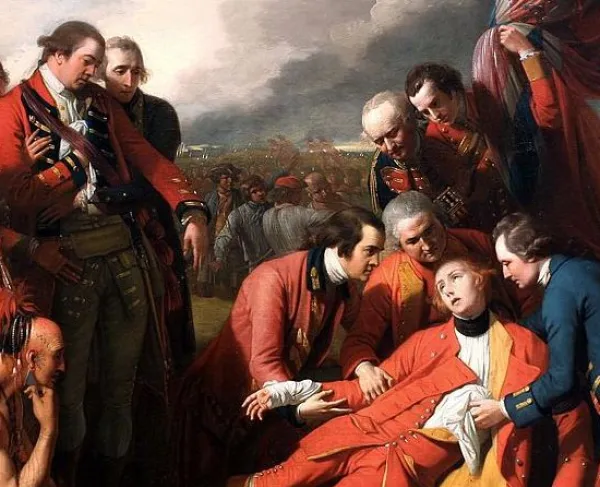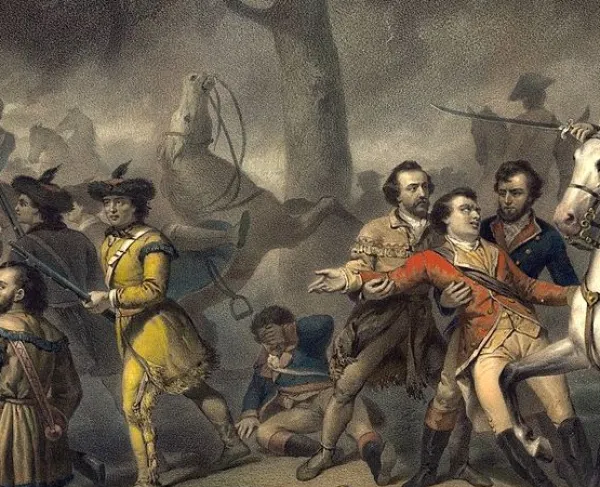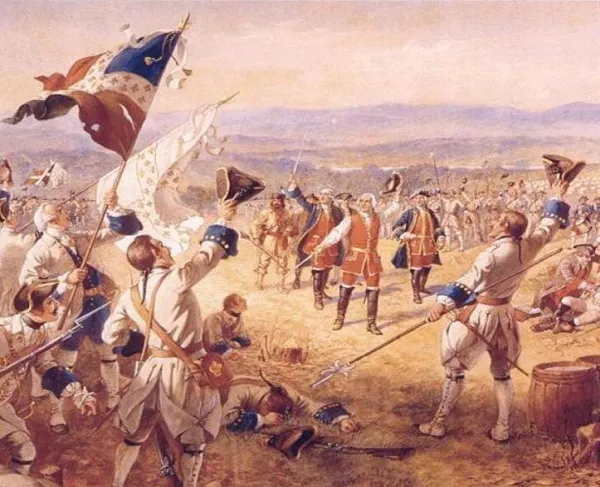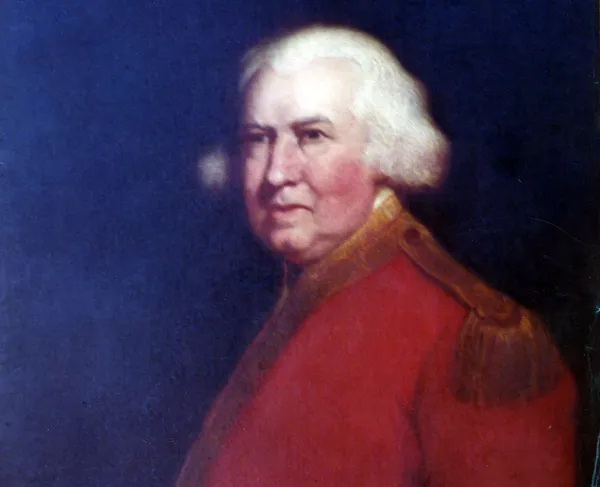
Fort Duquesne
Pittsburgh, PA | Sep 14, 1758
During the late summer of 1758, a 6,000-man British expedition under the command of General John Forbes headed west from Carlisle, Pennsylvania, intent upon revenging General Edward Braddock’s earlier defeat and driving the French from the Forks of the Ohio (present-day Pittsburgh, Pennsylvania). Ahead of this force, Major James Grant led a force of 800 men with orders to reconnoiter the area around Fort Duquesne (present- day Pittsburgh, Pennsylvania). By mid-September, Grant’s command lay about two miles from the key French settlement, which he mistakenly believed was garrisoned by about 200 men. In reality, Captain Francois-Marie Le Marchand de Lignery, a forty-year veteran, commanded 500 Frenchmen and 300 Indian allies.
After a small raid that enjoyed encouraging results, Grant laid an ambush intent upon drawing the enemy out of the fort. The British major’s efforts backfired when the French not only overwhelmed Grant’s decoy force, but also his ambushing force. A one-sided battled ensued as the Indians used a high-ground defensive position, as well as the forest, to pour a destructive fire down on the hapless Redcoats. Major Grant survived the fighting but was taken prisoner. Despite his success against Grant, Lignery understood the badly outnumbered French command had little hope of withstanding a much larger approaching British force. In late November, the French set fire to Fort Duquesne and retreated under the cover of darkness. The British built a new fort on this location that was named after Prime Minister William Pitt.
Fort Duquesne: Featured Resources
Related Battles
750
500
324
16




